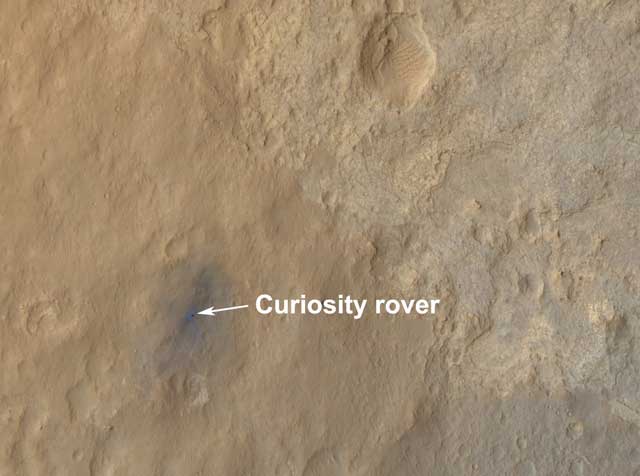Since it landed, the Mars Science Laboratory mission has offered a series of premieres for space exploration like the first-ever panorama of Gale Crater, the first measurements of high energy radiation on another planet, the first movie of a spacecraft landing on another planet, the first images from a focusable camera on another planet or first images of an ancient Martian river channel.
Currently, the Curiosity rover is in, what scientists at JPL call, the Characterization Activity Phase or CAP. This is a month long period in which all of the rover’s instruments are checked and updated in preparation for its mission, whose main objective is that of finding evidence of life on the red planet. This check is imperative to ensuring that the lab on wheels is perfectly functional and its instruments don’t interfere with its mission. Among the instruments currently in checked and subjected to software updates are the Alpha-particle X-ray spectrometer (APXS), the Dynamic Albedo of Neutrons (DAN), and the Chemistry and Mineralogy (CheMin) X-ray diffraction and X-ray fluorescence instruments, as well as Curiosity’s radiation assessment detector (RAD).
The images we’ve featured on ZME Science previously have been deleted from Curiosity’s memory to make room for more, like the multi-photo mosaic from below. The photo sees the rover facing southeast toward Mt. Sharp, which shows mesas and buttes in the foothills, with artificially-colored patches of sand in the foreground lying atop basalt rock.
Also, below is a satellite photo captured by the Mars Reconnaissance Orbiter’s HiRISE camera, which offers the most accurate depiction of the rover’s position on Mars, with respect to its upcoming destination at the rim of the Gale Crater. We’ll be back with more from Curiosity as soon as we receive more updates ourselves.
via Ars Technica











